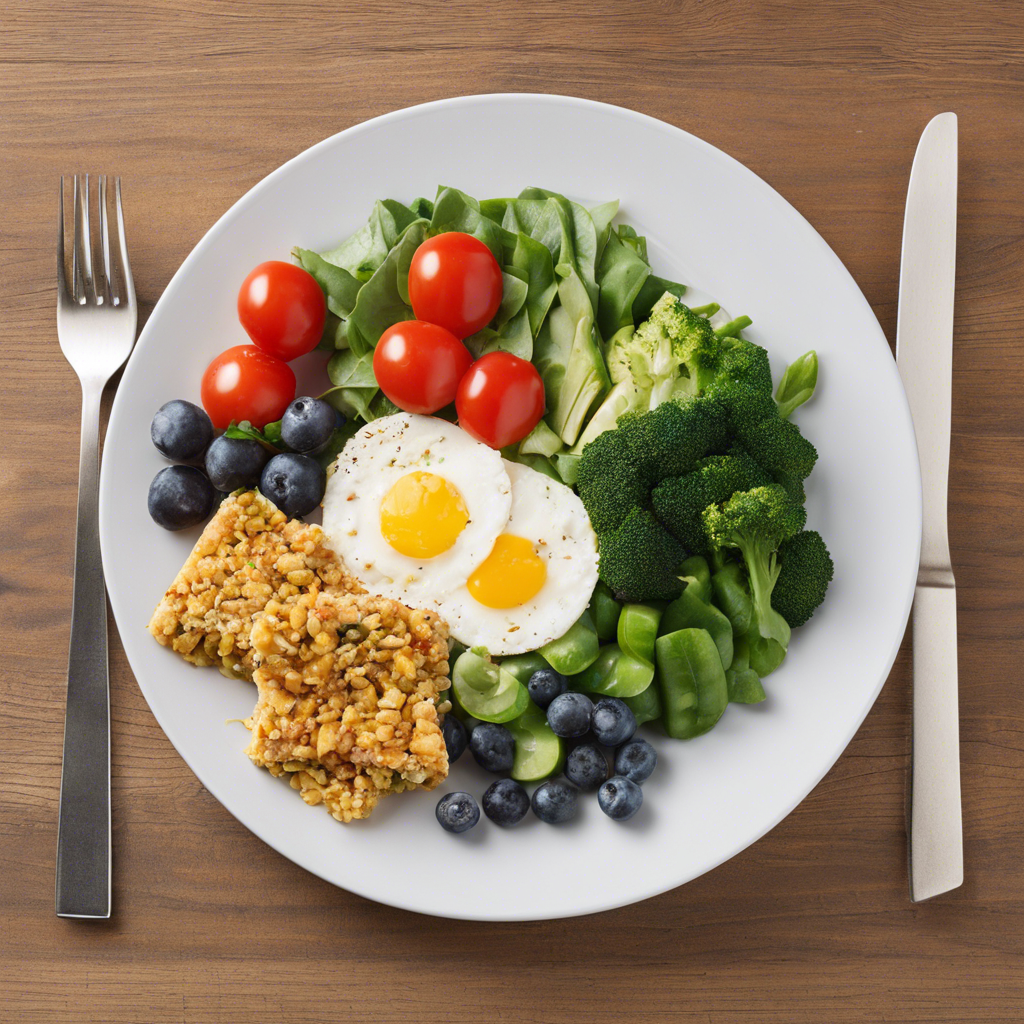We all know that a healthy, balanced diet is essential for our well-being, but what does a balanced plate actually look like? Building a balanced plate is easier than you think and can be applied to every meal. It’s an essential skill to master to ensure your body gets all the nutrients it needs to function optimally. Here’s a simple guide to help you create balanced meals every time you eat.
First, imagine your plate divided into three or four sections. Fill one section with whole grains or starchy foods like quinoa, brown rice, whole-wheat bread, or potatoes. These provide complex carbohydrates for energy and essential B vitamins. Next, dedicate half of your plate to a variety of colorful vegetables and fruits. Aim for a rainbow of colors to get a range of vitamins, minerals, and antioxidants. Frozen or canned options are just as nutritious as fresh, so don’t be afraid to stock up and add them to your meals.
Your protein sources should make up the remaining section of your plate. Include a variety of lean animal proteins like fish, poultry, and eggs, as well as plant-based options such as beans, lentils, and tofu. These provide essential amino acids that are the building blocks of our bodies and help us feel full and satisfied. Don’t forget to include a serving of healthy fats, such as avocados, nuts, seeds, olive oil, or nut butter, which provide essential fatty acids that support heart health and brain function.
Now, let’s talk about drinks. Water should be your go-to beverage, as it’s essential for hydration and doesn’t add extra calories or sugar. You can also enjoy the occasional unsweetened tea or coffee, but limit sugary drinks. If you crave something sweet, try naturally sweetening your drinks with fruit or a small amount of honey.
In addition to what you eat, how you eat is also important. Mindful eating practices, such as chewing slowly and listening to your body’s hunger and fullness cues, can aid digestion and help you develop a healthier relationship with food. It is also beneficial to be aware of portion sizes and not overload your plate. Remember, you can always go back for seconds if you’re still hungry!
Creating a balanced plate doesn’t have to be complicated. By following the simple guidelines outlined above, you can easily assemble nutritious meals that fuel your body and promote overall health. So, the next time you sit down to eat, take a moment to think about how you can make your plate a little more balanced and your body a lot happier!
For more guidance, you can always refer to reputable sources such as dietary guidelines published by governments and international organizations, which provide detailed information on creating a balanced diet and staying within recommended calorie limits. Happy and healthy eating!
